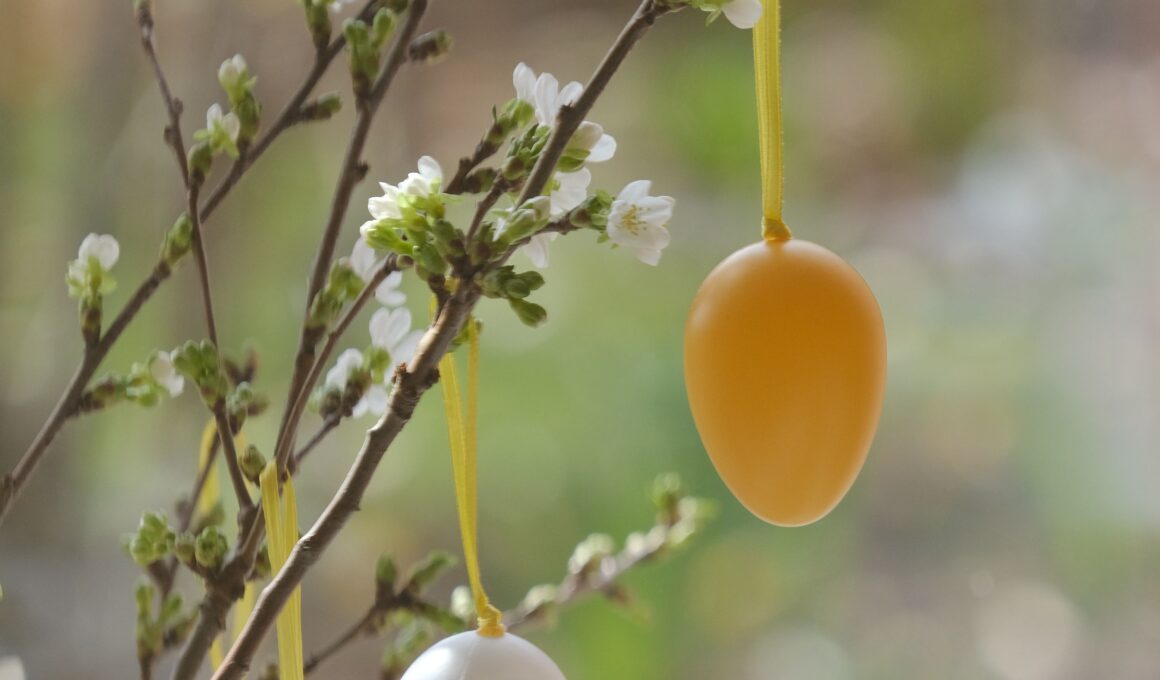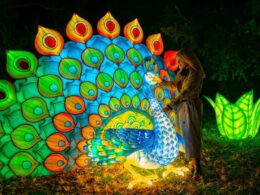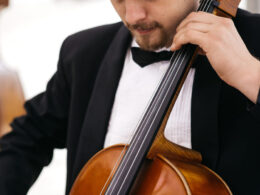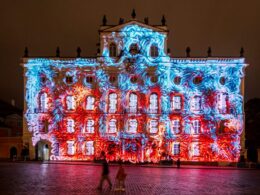Table of contents Show
Easter is a joyous time to celebrate the Czech Republic Easter traditions and festivals. Invariably, those who have spent Easter in Prague or other parts of Czech know that the Czech people value Easter highly and that the Czech Republic Easter tradition revolves around abundant food, merriment, and family.
But how is Easter celebrated in the Czech Republic?
Early Easter celebrations among Slavic people marked the start of spring; subsequently, with time, they added Christian elements.
Because of this heritage, the Easter tradition in the Czech Republic is celebrated in much the same way as it was for generations prior.
Today Easter traditions in the Czech Republic include intricately adorned eggs, knitted willow sticks, and performers dressed in traditional clothes performing folk dances that spark a color explosion across the country.
So how do they celebrate Easter in the Czech Republic? Still curious? Read on to find out.
How is Easter Celebrated in the Czech Republic?
The Czech Republic hosts a joyful Easter celebration. Numerous Easter traditions and rituals are still maintained and observed, especially in rural areas, and there may be regional differences.
On Easter Sunday, people begin preparing for Easter Monday. If the girls already haven’t, they should get busy decorating eggs with paint and markers while the young men go to work making their pomlázkas.
8 Unusual Facts About Easter Traditions in the Czech republic
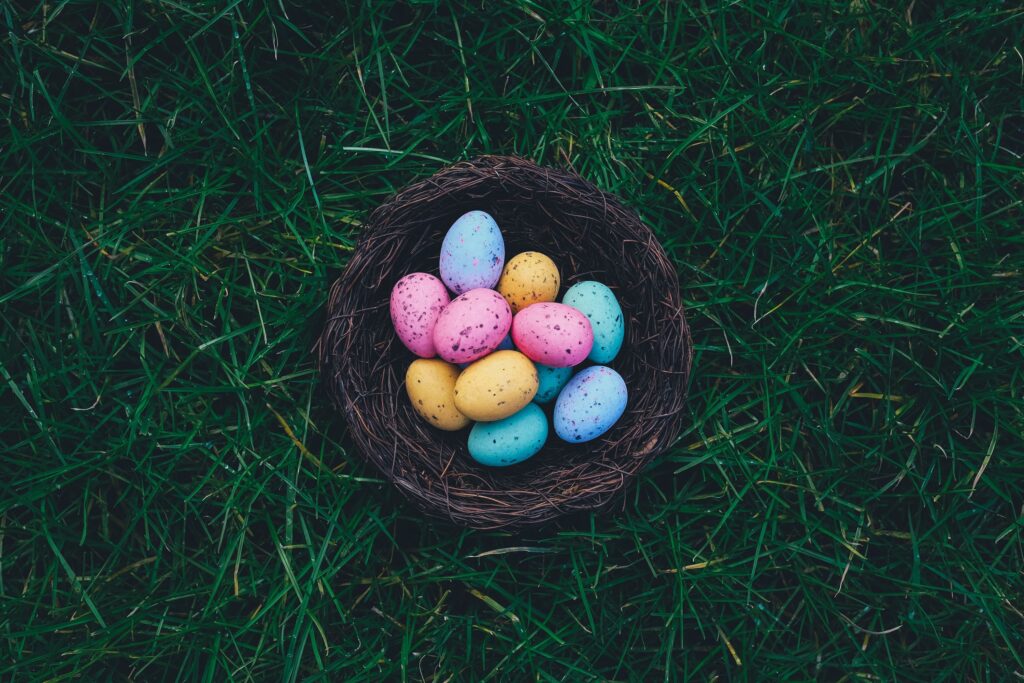
#1: Red is the traditional color to wear
As an emblem of the vitality of a fresh start, red was traditionally the most common color for decorating eggs. Some Czechs traditionally wear red during Easter to represent joy, wellness, and a fresh start.
#2: Easter Celebrations Begin on Easter Monday
Easter in Prague and the entire Czech Republic is a federal holiday and the high point of Easter celebrations. On the contrary, Easter Sunday is traditionally spent getting ready for Easter Monday’s celebrations, with women decorating eggs and men making pomlázky.
#3: Lamb is the most popular meal
The lamb is a traditional Easter food in the Czech Republic, which is served both as a meat dish and as a sweet dough dish known as beránek. Some families also make their own plum brandy and keep it on hand, along with eggs, Mazanec, a yummy yeast dough bread made with raisins and crowned with fruits, gingerbread, and more.
#4: Wooden rattles to frighten Judas away
During the three days of the Sacred week, teams of young men go door-to-door in their communities, shaking wooden rattles. Christianity holds that Judas, a disciple, betrayed Jesus, so this tradition is to frighten him away. On day three, “White Saturday,” these same boys go door to door and yell until they receive a gift (typically money) and quiet down.
#5: Almost a full week is dedicated to celebrating Easter
The days preceding Easter Monday have their own religious overtones and practices.
Holy Week begins one week just before Easter. A unique moniker is given to every single day of Holy Week. They include Ugly Wednesday, Green Thursday, Good Friday, White Saturday, Easter Sunday, and Easter Monday.
#6: Czech Republic Whipping Easter Monday
The Czech Republic observes a peculiar custom on the Monday after Easter. Boys make whips out of willow branches, which they use to flog girls in the name of good fortune and procreation. The Czech term for the flogging whip is pomlázka, and it has now become the custom’s name.
#7: Girls Decorate Easter Eggs
Egg decorating is a widely observed Easter tradition in the Czech Republic. Girls traditionally decorate eggs and then hang them in windows, place them in baskets, or offer them to lads to flog on Easter Monday. Visitors can buy elaborately decorated eggs at any market or store in the country. However, if you plan on returning any eggs as souvenirs, you should handle them with care because they’re pretty fragile.
#8: Poems and music to celebrate Easter
Easter is a variable festival in the Republic of Czech, and its celebrations are a blend of Christian and ancient pagan practices. Several kinds of music, from traditional songs to religious oratorios, have a vital role in the festivities.
Tradition holds that on Easter Monday in the Czech, young male carolers will visit homes in search of female companionship. They whip them about playfully.
There are traditional folk music and chants that accompany the caroling.
Traditional Easter Food in the Czech Republic
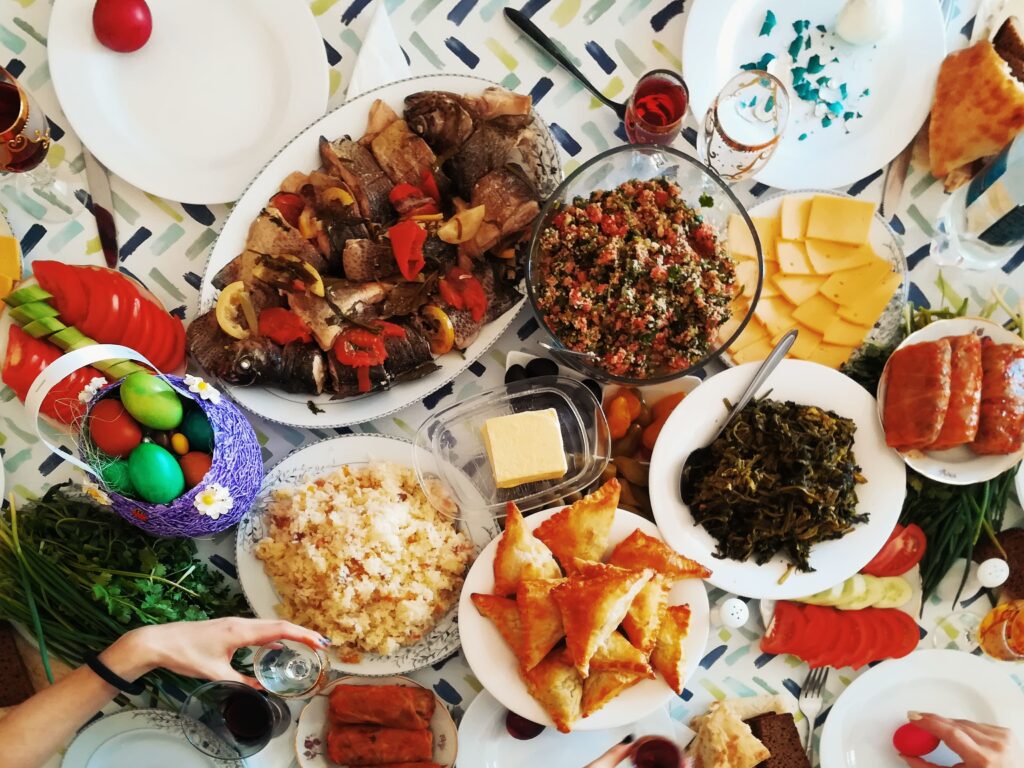
Traditional Czech Easter meals comprise a wide range of seasonal specialties. Easter bread, or “mazanec” as it’s locally known, is a staple in Czech households.
Lamb, buns, eggs, and Easter meats like ham and roasted pork are also common, and they are best eaten as the main dish with traditional sides like sauerkraut and dumplings.
Discover the Art of Traditional Czech Cuisine in Prague
Unleash your culinary creativity with our immersive cooking class in Prague, where you’ll learn to master the art of preparing traditional Czech meals. Dive into the rich flavors and techniques of Czech cuisine as you create mouthwatering dishes such as goulash, dumplings, and apple strudel.
Highlights
- Immerse yourself in the world of traditional Czech cooking and learn to prepare iconic dishes like goulash, dumplings, and apple strudel.
- Gain insights into Czech culinary culture and discover the unique ingredients and flavors that define the cuisine.
- Experience the vibrant atmosphere of a local farmer’s market and select fresh, local ingredients for your culinary creations.
- Receive expert guidance from our skilled chefs who will teach you the secrets and techniques behind each dish.
- Enjoy the fruits of your labor as you savor a delightful 3-course meal that you’ve prepared yourself.
Included
- Cooking ingredients necessary for the class.
- Take-home recipes, allowing you to recreate the Czech culinary magic in your own kitchen.
- Access to kitchen utensils and equipment.
- Use of aprons to keep you clean and stylish during the cooking process.
- A scrumptious 3-course meal prepared by you to enjoy during a leisurely lunch.
- An immersive visit to a local farmer’s market, showcasing the freshest ingredients of Czech cuisine.
Visit Prague during Easter and Witness Unusual Traditions
To state that the Czech Republic has a rich past and the best Easter traditions all over Europe would be an understatement, so head over there during Easter to experience the Czech Republic’s Easter traditions firsthand.
Not sure where to stay in Prague for Easter? We’ve got you covered.
Remember to bring a pomlázka and Mazanec along if you intend to visit during April.
FAQ
Czech Easter eggs are decorated using techniques like waxing, where patterns are drawn with wax before dyeing, and scratchwork, where designs are scratched into the dyed eggshell. Natural dyes from onions and beetroot are also used.
How do different regions within the Czech Republic vary in their Easter celebrations and traditions?
In Moravia, the whipping with pomlázkas is a prominent tradition, while Bohemia emphasizes Easter markets and communal gatherings. Each region has unique local foods and specific customs.
The pomlázka tradition stems from ancient pagan rituals for fertility and health. Willow branches are believed to bring vitality, symbolizing the renewal of life and the coming of spring, now blended with Christian Easter practices.
Tourists can join egg decorating workshops, visit Easter markets, and participate in or observe the pomlázka whipping. They can also attend church services and concerts for a cultural and religious experience.
